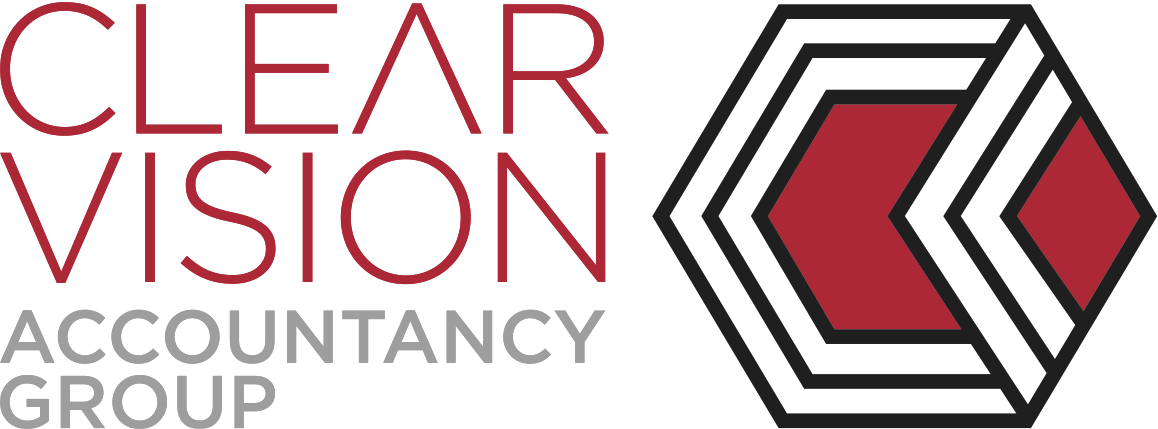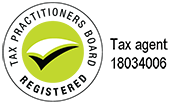Business Alert at 9:00am With CVA – 6 Member SMSF’s… So What?
David Busoli, Principle & SMSF Specialist Mentor wrote this article and we believe he has some interesting points.
The move to 6 member SMSF’s, presumably from 1 July 2019, has been largely regarded as a who-cares moment by SMSF advisers given that four members are already permitted but almost all current SMSF’s contain only one or two members. If Labor wins the next election and removes franking credit refunds I predict there will be quite an uptake of additional contributing SMSF members to enable excess franking credits to be applied to contribution tax.
An influx of additional members will have repercussions for both SMSF investment strategies and fund control. Investment strategy considerations are fluid, but control issues need to be hard wired. Choice of fund deed is paramount. Voting powers will need to be established. Appropriate binding death benefit nominations are important but should not be trusted as the conflicting interests of surviving trustees can be a problem. Enduring powers of attorney and member guardians are additional considerations. Don’t think that because you’re using a large, well known provider for your SMSF deeds and documentation that these items are adequately covered. In our experience they are generally not.
W e welcome any feedback or queries you have in regards to this matter. Give Justin a call; he’s happy to help.
The post Business Alert at 9:00am With CVA – 6 Member SMSF’s… So What? appeared first on Clear Vision Accountancy Group.





